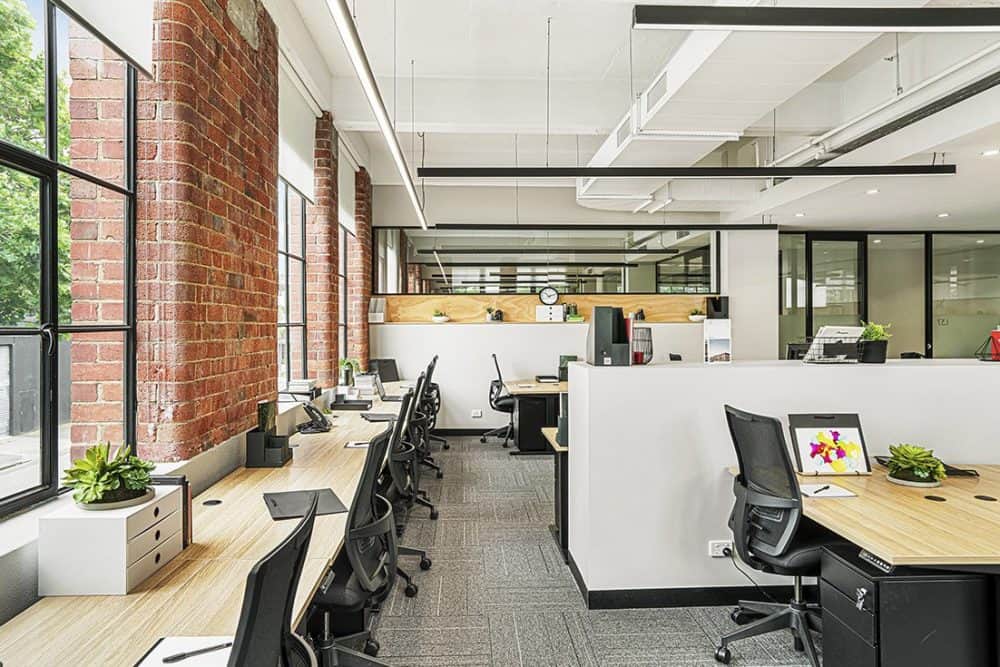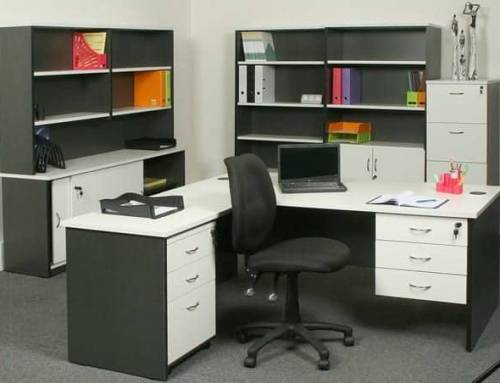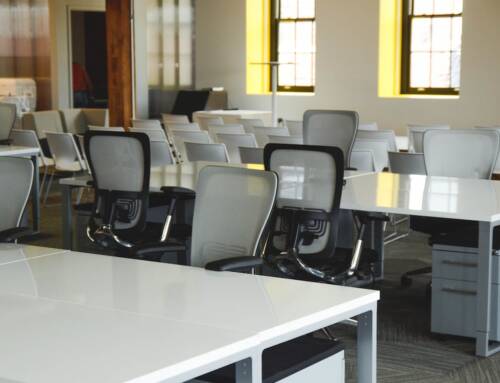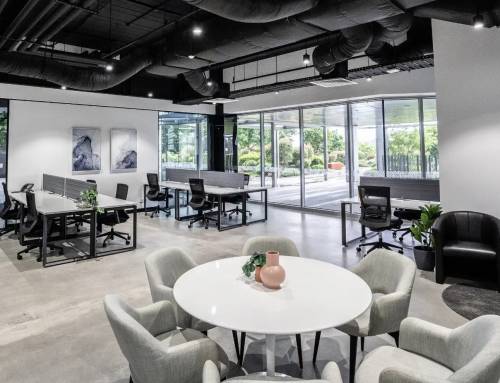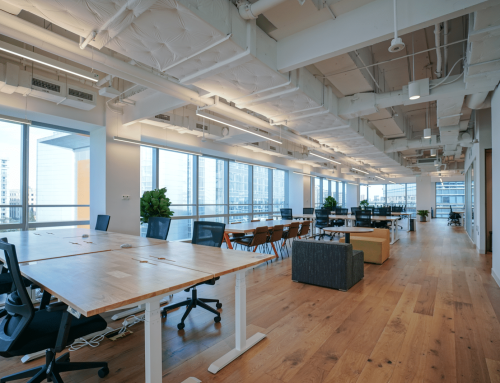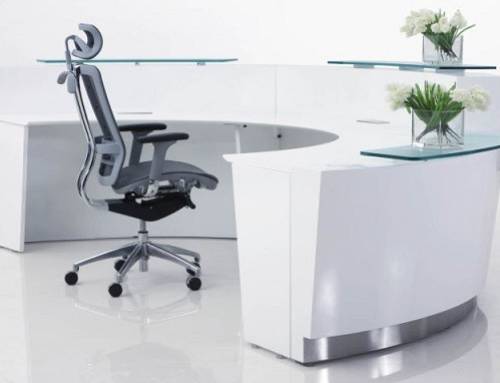The psychological impact of colours on our moods and emotions is undeniable. Unsurprisingly, the colour schemes used in office environments can profoundly affect employee performance, well-being, and overall atmosphere. Here is a dive into the psychology of office furniture colours and how they can influence your workspace.
The Science Behind Colours
Colours are known to evoke different responses based on the theory of colour psychology. According to this theory, various colours are linked with human emotions, physiological reactions, and cultural associations. Consequently, office furniture colours can either enhance employees’ performance or diminish their overall experience.
Harnessing Colour Psychology for Boosting Productivity
Incorporating the right office furniture colours can help increase employee productivity, morale, creativity, and focus. Here are some of the most commonly used colours and their psychological impact.
Blue
Often associated with stability, reliability, and safety, shades of blue have a calming effect, aiding concentration and promoting productivity. Blue-coloured furniture is best suited for high-pressure workplaces, such as financial institutions, where employees need to remain focused and calm amidst demanding tasks.
Green
Green is the colour of nature, having a soothing effect on the human mind. Consequently, green office furniture can reduce stress and promote feelings of relaxation, harmony, and balance. Spaces where employees need to think creatively, in fields such as design and marketing, benefit significantly from the inclusion of green hues.
Yellow
A bright and energetic colour, yellow incites optimism, creativity, and happiness. Incorporating yellow
Share This Story, Choose Your Platform!

